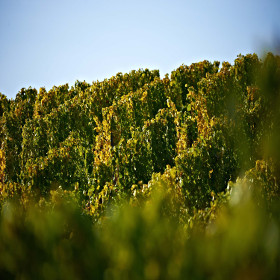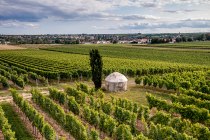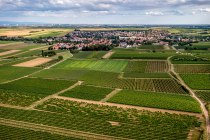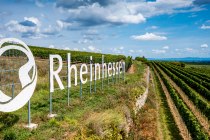Winery Mankel
Our winery is located in the small community Hochborn with only 500 inhabitants, located in the south of the Rheinhessen hill country. From there, we cultivate vineyards in the best locations of the surrounding districts Westhofen, Gundersheim, Monzernheim, Bechtheim and Eppelsheimon a 290 meter high plateau.
Ever since the founding of the estate in 1898, diversity has been a priority for us. So we currently cherish and care for 20 different grape varieties, ranging from the German classics such as Riesling and Portugieser to international varieties such as Cabernet Sauvignon and Sauvignon Blanc.
English speaking visitors are welcome.



















